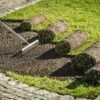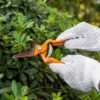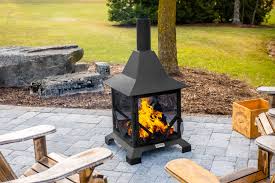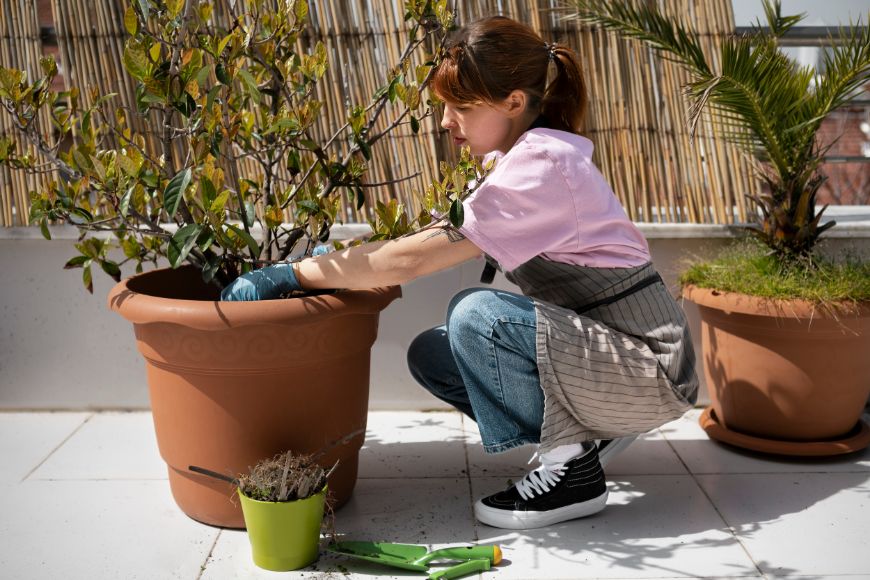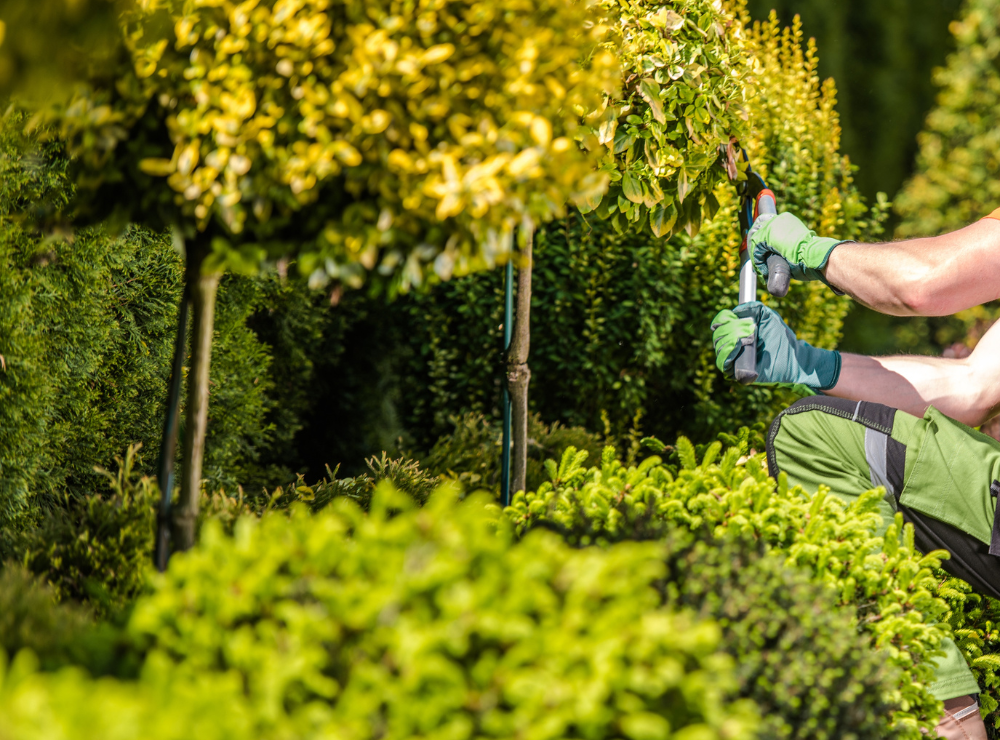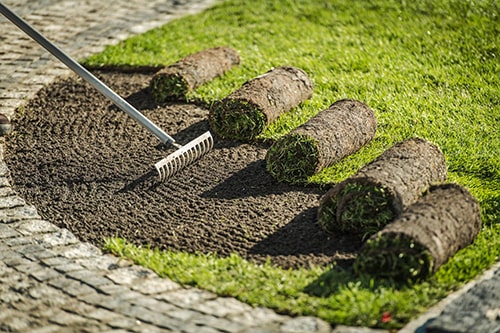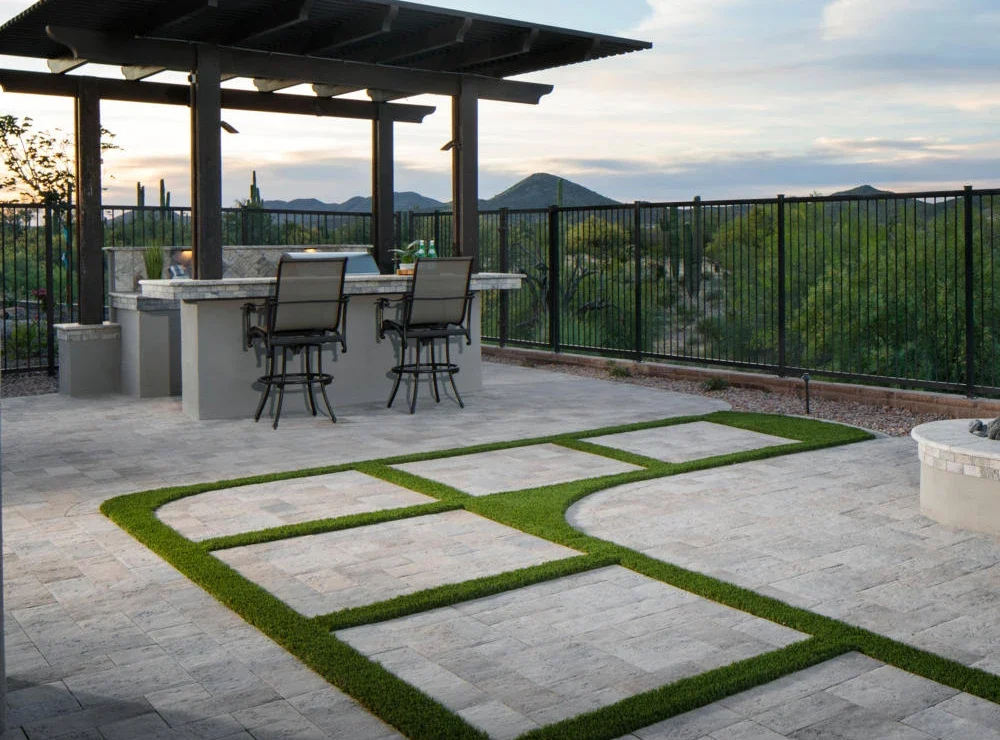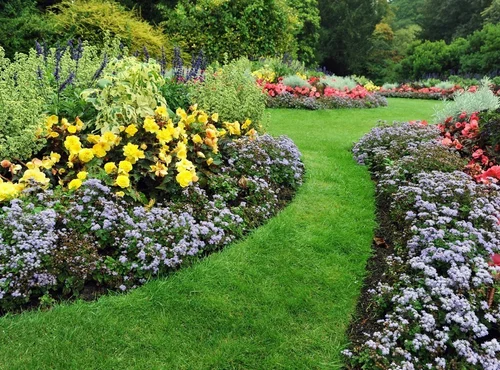
Essential Guide to Softscaping: What You Need to Get Started on Your Home Garden
When it comes to landscaping, softscape is the heart and soul of your garden. It encompasses all the living, plant-based elements that bring your outdoor space to life—trees, shrubs, flowers, lawns, and more. Softscaping adds color, texture, fragrance, and wildlife to your yard, transforming it from a simple outdoor space into a vibrant, functional oasis.
Whether you're just getting started or looking to improve your existing garden, understanding the essentials of softscape is key to creating a thriving landscape. In this blog, we’ll cover the basics of softscaping, things to keep in mind, and the dos and don’ts of working with plants in your garden.
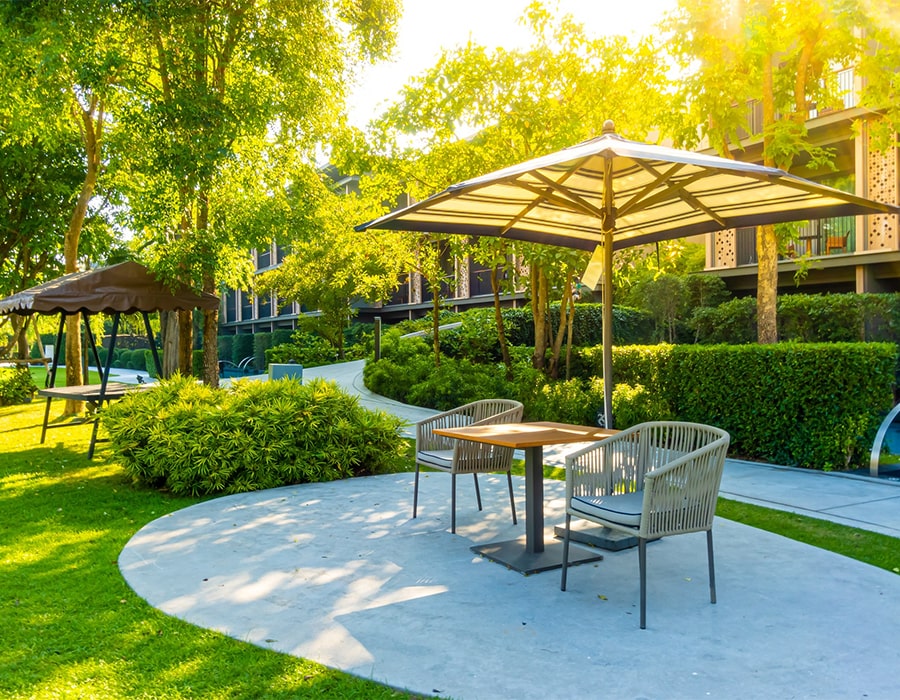
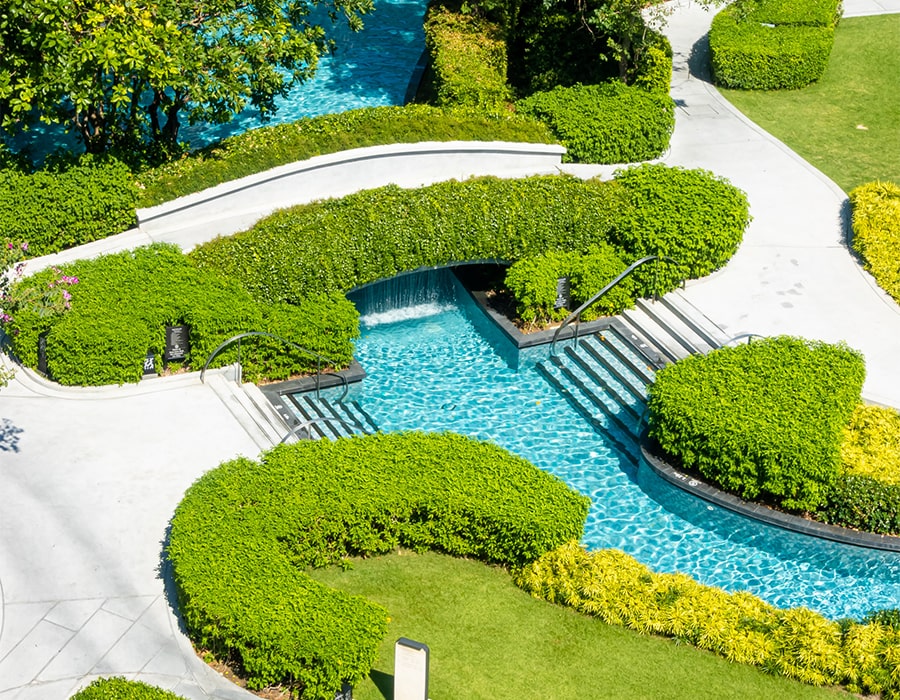
Softscape Essentials to Get Started
Before you dive into planting, it's important to gather the right materials and tools for your softscape project. Here’s a checklist of essentials you’ll need to get started:
1. Quality Soil and Amendments
Good soil is the foundation of any healthy garden. Start by testing your soil to determine its pH, texture, and nutrient levels. Based on your soil test, you may need to add compost, organic matter, or soil amendments to improve fertility and drainage. Healthy, nutrient-rich soil is the key to strong plant growth.
2. Plants Suited to Your Climate
Choosing the right plants for your garden is essential to ensure success. Opt for native plants that are adapted to your local climate and soil conditions. Native plants are low-maintenance, drought-tolerant, and more resistant to pests and diseases. If you're not familiar with what grows well in your area, consult with a local nursery or gardening expert for recommendations.
3. Mulch
Mulch is a must-have for softscaping. It serves multiple purposes: retaining moisture in the soil, reducing weed growth, and improving the overall appearance of your garden. You can choose from a variety of mulch types, including bark, wood chips, straw, or even rubber mulch, depending on your aesthetic preferences and budget.
4. Watering System
A proper irrigation system is crucial for your plants’ health. Whether you’re installing a drip irrigation system, sprinklers, or using a hose, make sure your watering system distributes water evenly and efficiently. Consistent watering helps plants establish strong root systems and thrive over time.
5. Garden Tools
The right tools can make your softscaping project much easier. Invest in a good-quality shovel, garden rake, pruning shears, trowel, and watering can to help you plant, prune, and maintain your garden. Proper tools will help you work efficiently and avoid unnecessary strain.
6. Fertilizers
Fertilizers provide the necessary nutrients your plants need to grow strong and healthy. Choose fertilizers that are tailored to the specific needs of your plants—whether they’re flowers, vegetables, or shrubs. Organic or slow-release fertilizers are a good option for long-term plant health without overfeeding.
Things to Keep in Mind When Softscaping
1. Know Your Space
Before you start planting, assess the conditions of your garden. Consider factors such as sunlight, shade, wind exposure, and soil type. Choose plants that will thrive in these conditions to ensure they grow well and don’t require constant maintenance.
2. Consider Seasonal Changes
One of the most beautiful aspects of softscaping is the seasonal change it brings. Choose plants that bloom at different times of the year to ensure your garden has year-round interest. Planting a mix of evergreen shrubs, perennials, and annuals will give you color and texture throughout all seasons.
3. Design with Purpose
When planning your softscape, think about the overall design of your garden. Consider how plants will complement each other in terms of height, texture, and color. Think about how you want to use the space: Do you need privacy? A shaded retreat? A pollinator-friendly garden? Your design should reflect your needs and lifestyle.
4. Maintenance Needs
Different plants require different levels of maintenance. Some need regular pruning, while others grow with minimal care. Choose plants that fit the time and energy you can commit to maintaining your garden. If you’re not keen on spending hours each week trimming and watering, opt for low-maintenance plants like succulents, ornamental grasses, or native perennials.
Do’s and Don’ts of Softscaping
Do’s
- Do Plan for Growth:
When planting, think about the mature size of your plants. Overcrowding plants can lead to poor air circulation, increased competition for nutrients, and an unbalanced look. Allow enough space for each plant to grow to its full size. - Do Use Mulch:
Apply mulch around your plants to keep the soil moist, suppress weeds, and regulate temperature. It’s a simple but effective way to help your plants thrive. - Do Group Plants by Water Needs:
When planting, group plants with similar water needs together. This will make watering more efficient and prevent over or underwatering. For example, place drought-tolerant plants in one area and moisture-loving plants in another. - Do Maintain Your Garden Regularly:
Regular maintenance, including weeding, pruning, and checking for pests, is essential to a healthy garden. Staying on top of garden tasks will prevent problems from getting out of hand.
Don’ts
- Don’t Plant Without Proper Planning:
Avoid impulse planting. Make sure to plan your garden layout carefully before putting anything in the ground. Consider the long-term growth of plants, how they will interact with each other, and how they fit into the overall design of your landscape. - Don’t Overwater:
Overwatering is a common mistake that can lead to root rot and other issues. Always check the soil moisture before watering, and make sure your plants are getting the appropriate amount of water for their needs. - Don’t Forget About Drainage:
Poor drainage can lead to soggy soil and unhealthy plants. If your garden area doesn’t drain well, consider adding raised beds, improving soil drainage, or installing drainage systems to ensure that your plants don’t drown.
Don’t Rely on Chemicals:
Avoid using too many chemical pesticides and fertilizers. These can harm the environment and beneficial insects. Instead, focus on organic solutions and plant diversity to keep your garden healthy and pest-resistant.
Start Your Softscaping Project with Confidence
Softscaping is a rewarding way to enhance your outdoor living space. By selecting the right plants, tools, and design ideas, you can create a beautiful, thriving garden that will bring joy for years to come. Whether you’re starting from scratch or simply refreshing your existing garden, following these tips and guidelines will help you build a landscape that reflects your style and meets your needs.
At Kells Garden City, we offer a wide range of high-quality plants, soils, mulch, and gardening tools to help you get started on your softscaping journey. Our expert staff is here to offer advice and help you choose the best plants for your garden.
👉 Visit us today or shop online for all your softscaping essentials! Let us help you transform your outdoor space into a vibrant, beautiful garden.
By following these tips and embracing the art of softscaping, you’ll be well on your way to creating a lush, sustainable landscape that will enhance your home and bring beauty to every season. Happy gardening!
There’s nothing quite like gathering around a firepit to enjoy cool evenings, roast marshmallows, and create lasting memories with friends…
View MoreDesigning a beautiful garden in your backyard is all about creating a space where you can relax, entertain, and enjoy…
View MoreIf you're a gardening enthusiast, you know that having the right tools can make all the difference. When it comes…
View MoreWhen it comes to landscaping, softscape is the heart and soul of your garden. It encompasses all the living, plant-based…
View MoreLandscaping is one of the most rewarding ways to improve the beauty, functionality, and value of your home. Whether you’re…
View MoreHardscaping is a key element in transforming your outdoor space into something both beautiful and functional. It includes all the…
View More
